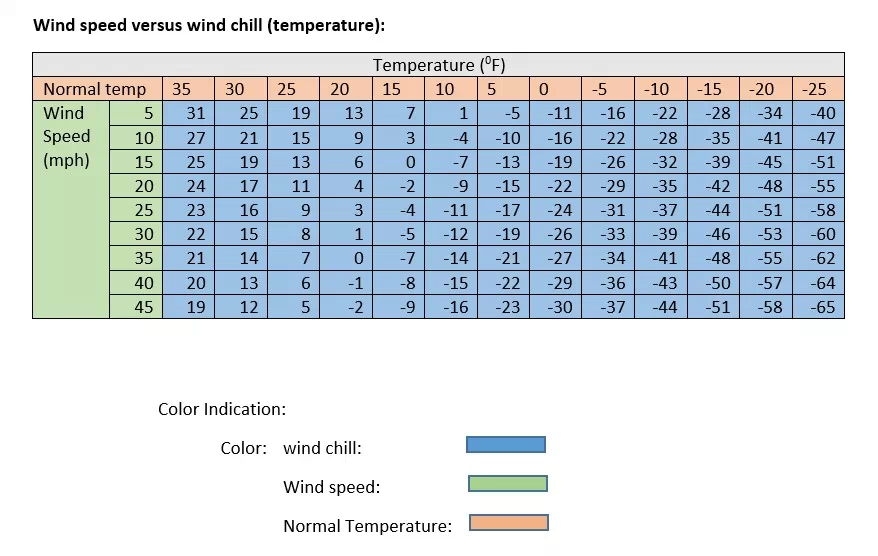What is Wind?
Movement of air relative to the surface of the earth is called wind.
It is also the generating force of most ocean and freshwater waves.

What is the cause of wind?
It occurs because of horizontal and vertical differences in atmospheric pressure.
The general pattern of winds over the earth is known as the general calculation.
The specific winds are named for the direction from which they originate.
- Example:
A wind blowing from west to east is a westerly wind.
Wind speeds are often classified according to the Beaufort scale.
What is Beaufort scale?
It is an international scale to read wind speed from 0 to 12.
Zero represents calm air and 12 a hurricane.
This scale was named after Sir Francis Beaufort, the devisor of the scale. He was the English admiral and naval hydrographer. He lived between 1774 and 1857.

Reading of Beaufort scale.
Number 0 stands for calm air.
Wind speed of calm air is less than 1 mph (less than 1 knot or 1 km/h).
In this weather condition smoke rises vertically.
Number 1 stands for light air.
Wind speed is 1-3 mph (1-5 km/h).
The direction of wind is shown by smoke but not by wind vanes.
Number 2 stands for light breeze.
Wind speed is 4-7 mph (6-11 km/h).
Wind is felt on face. Wind vane moves leaving rustle.
Number 3 stands for it.
Wind speed is 8-12 mph (12-19 km/h).
It leaves in small twigs in constant motion. It extends light flag.
Number 4 stands for this type of wind.
Wind speed remains at 13-18 mph (20-29 km/h).
It raises dust and loose paper and moves small branches.
Number 5 stands for it.
Wind speed is 19-24 mph (30-39 km/h).
It makes small-leaved trees begin to sway. Crested wavelets form on inland waters.
Number 6 stands for strong breezes.
Wind speed is 25-31 mph (40-50 km/h).
It makes large branches move. Overhead wires whistle. It is difficult to control umbrellas in strong breezes.
Number 7 stands for it.
Wind speed is 32-38 mph (51-61 km/h).
Whole trees sway. It is difficult to walk against this type of gale.
Number 8 stands for it.
Wind speed is 39-46 mph (62-74 km/h).
Twigs (small branches of trees) break off trees. Moving cars veer.
Number 9 stands for strong gale.
Wind speed is 47-54 mph (75-87 km/h).
Slight structural damage occurs. Shingles may blow away.
Number 10 stands for it.
Wind speed is 55-63 mph (88-102 km/h).
Trees uprooted. Considerable structural damage occurs.
Number 11 stands for it.
Wind speed is 64-72 mph (103-117 km/h).
Widespread damage occurs.
Number 12 stands for it.
Wind speed is greater than 73 mph (>118 km/h).
Widespread damage occurs.
What is wind chill?
It is the cooling effect of wind on a surface, especially human skin.
The temperature of still air would have the same cooling effect on exposed skin as a given combination of temperature and wind speed.
As the wind speed increases the equivalent temperature of wind chill decreases.
- Example:
An air temperature of -1.10C (300F) with a wind speed of 20 mph (32.2 km/h) produces a wind chill of -80C (170F).
There are other variables such as humidity that affect heat loss. So it is not an exact measure.
However, wind chill is often given in weather reports to describe how cold it feels.



